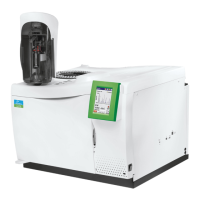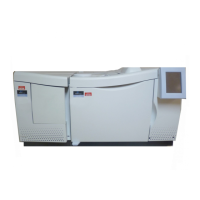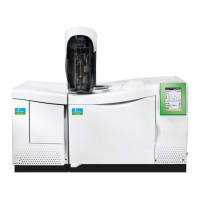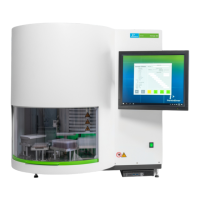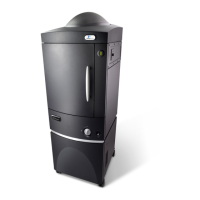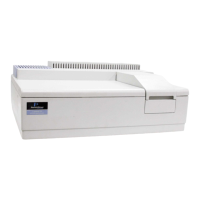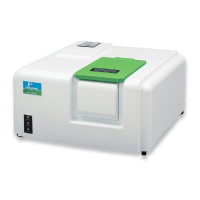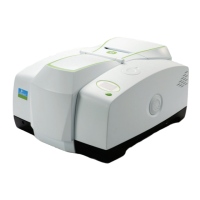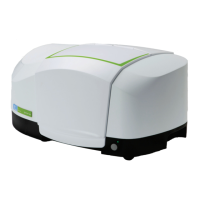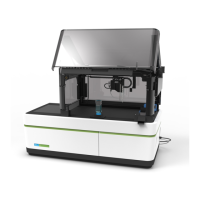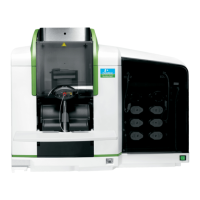Clarus 600/680 User’s Guide
3-7
Figure 3-1. Typical temperature program steps.
Before you actually set up an oven temperature program, you should decide on the
Equilibration Time you need and change the default value if necessary (see below).
Configuring the Equilibration Time (Init)
When you change the oven temperature setpoint, the system heats or cools the oven to the
new setpoint, then equilibrates the column(s) for the specified Equilibration Time before
the instrument becomes READY.
NOTE: A minimum Equilibration Time of < 1 minute is recommended for temperature programs.
Longer equilibration times are recommended for initial oven temperatures of < 50°C.
An equilibration time of 0.0 minutes can be used for isothermal methods.
Setting a Coolant Timeout Value
The purpose of the coolant timeout value is to conserve coolant. If you select a coolant
timeout value when you configure the Clarus GC, the coolant solenoid shuts off if a GC
run is not started within this time period after the oven reaches the initial set temperature.
Once the coolant shuts off, the GC remains not ready and the following message will
appear, Coolant Timed Out: Touch OK to Continue.
NOTE: The coolant timeout must be greater than the equilibration time.
When you press OK, the coolant solenoid will then operate again and the oven will cool
to the initial temperature.
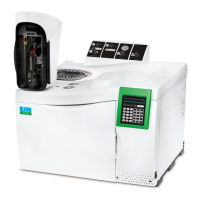
